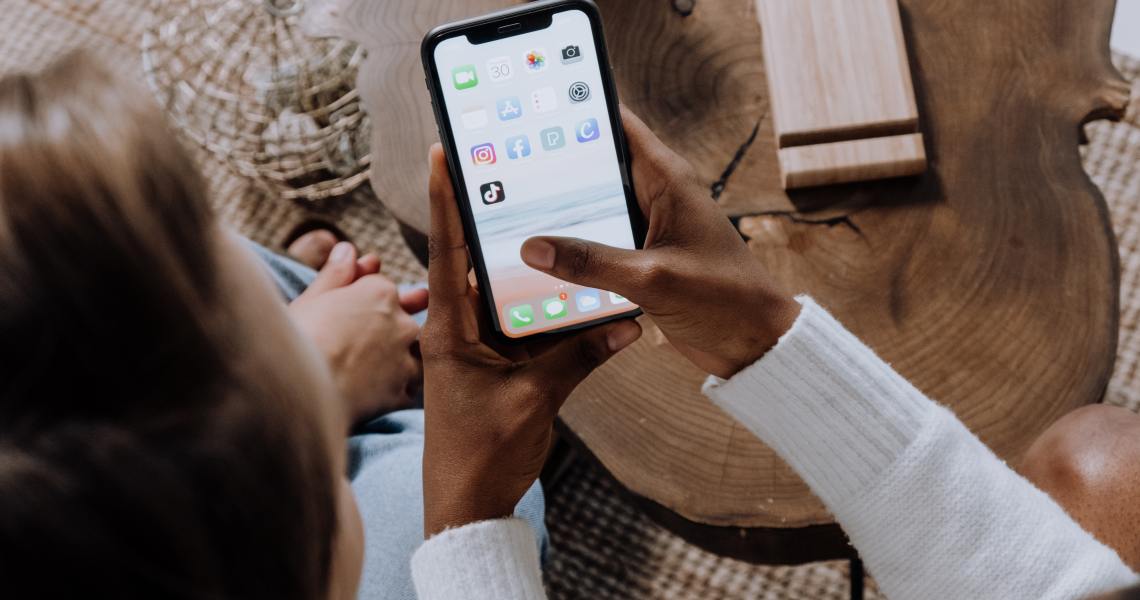Annette Dunleavy, vice president, brand marketing, QVC
Long before the term influencer became synonymous with social media marketing programs, program hosts on QVC understood the unique relationship they had with their audiences. Arguably, they were among the original social influencers.
As early as 2010, QVC was one of the first multiplatform retailers to partner with YouTubers and beauty bloggers. However, its influencer program isn’t just an early adoption story. The program has grown steadily over the past decade to become an essential strategy for engaging new and existing customers.
The influencer program’s success is tied to its cross-platform, bi-lateral approach, focusing on both performance and brand marketing. Another critical aspect of the program is that it invests in influencers by helping them create and launch their own brands. This symbiotic relationship has led to the program becoming a driving force in new-to-brand customers and attracting new influencer partnerships.
Cross-platform collaboration increases engagement for both brand and influencer
As a world leader in video commerce (v-commerce) for more than 30 years, including video-driven shopping across linear TV, e-commerce sites, digital streaming and social platforms, QVC offers influencers a powerful, multiplatform v-commerce experience virtually unmatched in retail. It’s one of the many reasons influencers trust QVC as a partner in the storytelling and expansion of their personal brands. However, for influencer-brand relationships to be successful, that trust must be mutual.
For example, as part of QVC’s influencer selection criteria, influencers must have an organic affinity for and trust QVC’s brand and products. Additionally, their audiences must share a natural overlap. In many cases, this synergism has created opportunities for influencers to collaborate on launching their own brands and product collections at QVC.
QVC’s partnership with blogger, influencer and tastemaker Lauren McBride is a prime example of this collaboration. Throughout a five-year partnership, the relationship with McBride has flourished into a successful Lauren McBride home collection exclusive to QVC and developed through its design, development and sourcing group.
Collaboration with influencers should elevate both parties. The cross-platform engagement from this close collaboration on digital, social and streaming increases visibility for QVC and its influencer partners.
Multigenerational influencers bridge the gap between different audiences
QVC caters to intelligent, youthful women over 50 who love to shop, are in the know, and are driven by relationships. This newest generation of midlife women has proved that age does not define social media. They’ve jumped into influencer culture, sharing TikTok videos and Instagram Stories on everything from fashion to menopause. A new report revealed that “those planning to use TikTok Shop for gifts are four times more likely to be QVC shoppers.”
In return, the QVC influencer program has blossomed as a source of familiarity and support so that this vital audience cohort feels both seen and heard. At the same time, there is an opportunity to bridge a gap in the influencer space, which has been regularly associated with Gen Z and millennials, by collaborating with multigenerational influencers.
To reach these multigenerational customers, it’s important to collaborate with influencers who look like them and represent their lifestyles.
Consider, for instance, QVC’s partnership with Kim Murstein and Gail Rudnik, a grandmother-granddaughter duo from the ‘Excuse my Grandma’ podcast. The brand has been working with the duo since 2022 and invited them to the QVC studios to serve as fashion contributors for a 2-hour show on the QVC2 live channel. The pair has cultivated an engaged and trusting community that they consistently introduce to QVC.
Another example of how multigenerational connections were recently celebrated is a recent intimate influencer dinner hosted in New York City, welcoming influencers from across generations to join the brand for the evening along with their mothers and daughters for a bit of nostalgia and connection.
Driving engagement demands immersive and innovative experiences
One of QVC’s key strategies is investing in the future of retail alongside influencers. For example, the QVC Livestreams hub on QVC.com was developed as a destination for online shoppers who want to have fun, informal live chats with the brand’s celebrities and experts.
The hub features digitally native, livestream conversations with some of its most popular personalities — including hosts, guests, celebrities and influencers — with live chat capabilities and the ability to like and purchase products integrated into the video stream. The videos are shot in a vertical smartphone format, featuring an intimate, user-generated tone. The result is an immersive, engaging video shopping experience on QVC’s website that feels as live and alive as the brand’s linear broadcasts.
A successful influencer collaboration program that drives customer engagement and helps tell a brand’s story well requires reciprocal investment from both the brand and the influencer and a commitment to authentic storytelling and innovative delivery.
By cultivating relationships with influencers who reach multiple generations, enabling their careers with opportunities for brand launches and investing in new ways to engage consumers by plugging influencers into its owned platforms, QVC is redefining influencer collaboration.
Sponsored by QVC




